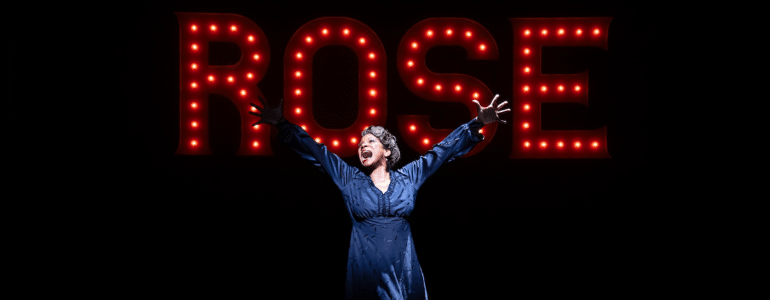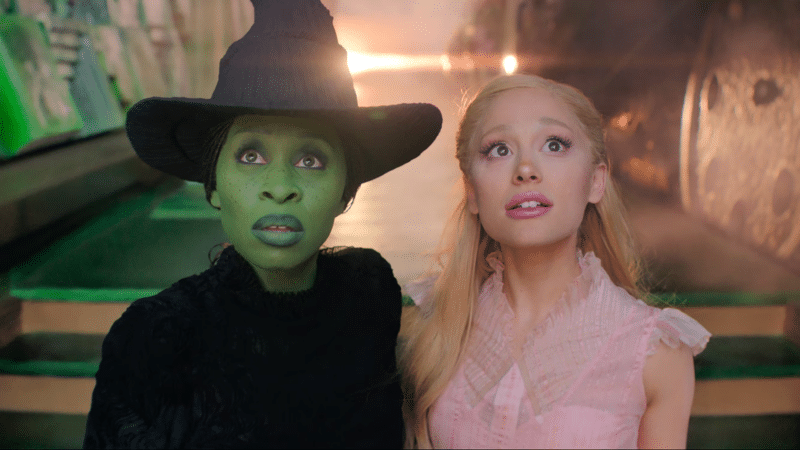Broadway’s Seasonal Sales Rollercoaster: Is there a yearly pattern?
Everyone knows that January/February and back-to-school September are tough times for Broadway box offices. When I’m producing a show, I call these traditional sales slump periods “Pot Holes,” and then have a meeting with my marketing team to come up with ideas on how to fill them.
(We’re actually in another Pot Hole period right now, as there is usually more Broadway product on the boards because of the Tony deadline, creating more competition, and spreading around the already slimmed down pre-summer audiences. Who has time to go see shows with all the graduations, first communions, dance recitals, and so on – and who can take a vacation when they’ll be taking one in just a month or two?)
Knowing where your Pot Holes are is essential for Producers planning a marketing campaign. Do you spend money on advertising when you’re in the pot hole, knowing that it might be harder to convince people to come and there are naturally less people coming? Do you buckle your belt a notch or two tighter to get through the bumpy time?
All important questions, and the answers depend a lot on your show, its current economic state, and more importantly your style.
But you can’t even ask those questions if you don’t know where those Holes are.
And, while it’s essential to talk about how to fill the seats in the trouble times, it’s also imperative you know where the natural sales spikes are in the Broadway season, so that you can cut discounts, raise variable prices and more.
What’s pretty incredible about the Broadway season, is that year over year, the numbers are pretty similar.
Don’t believe me?
For this blog, I had my graveyard shift intern, Nikki, pull the Broadway grosses and the attendance numbers for the last decade. Then we graphed them out, and laid them on top of each other.
And they look like this:


Pretty startling how similar they are in their trends, no? (Obviously the increased ticket prices are why there is a bit of space between each line on the Gross graph, and the lack of a gap on the Attendance graph shows how flat our number of bodies have been over the last 10 years – oh, and the big gross dip at the end of the Gross graph is the Great Broadway Stagehand Strike of 2007.)
Our Broadway sales season is laid out in front of us like a psychic’s prediction. It’s a Gross Sales GPS. There are natural box office trends on Broadway that we can’t ignore, no matter how much of a hit we are. By examining this graph, we can help decide when to open, when not to open, when to close, when to have direct mail initiatives drop, and so on.
All of us like to think that our show can bust all trends. But these graphs (which I bet also correlate to the number of tourists coming into the city) prove that there is a natural wave of customers that come to Broadway shows over the years, and that the wave looks similar each year.
So don’t fight mother nature. Don’t swim against the tide. Surf the sales wave so your show can swim on for another year.
(Got a comment? I love ‘em, so comment below! Email Subscribers, click here then scroll down to say what’s on your mind!)
– – – –
FUN STUFF:
– Win a $500 Telecharge Gift Card! Enter my Tony Awards Pool here! Click here.
– Nominate your favorite Broadway Behind The Curtain Staffer for the 1st Annual GHOSTLIGHT AWARDS! Click here.
– Need help raising money? Who doesn’t. Take my How To Raise Money seminar and raise more money faster. Guaranteed. Register today.
– Win 2 tickets to see The Awesome 80s Prom. Click here.
Podcasting
Ken created one of the first Broadway podcasts, recording over 250 episodes over 7 years. It features interviews with A-listers in the theater about how they “made it”, including 2 Pulitzer Prize Winners, 7 Academy Award Winners and 76 Tony Award winners. Notable guests include Pasek & Paul, Kenny Leon, Lynn Ahrens and more.













